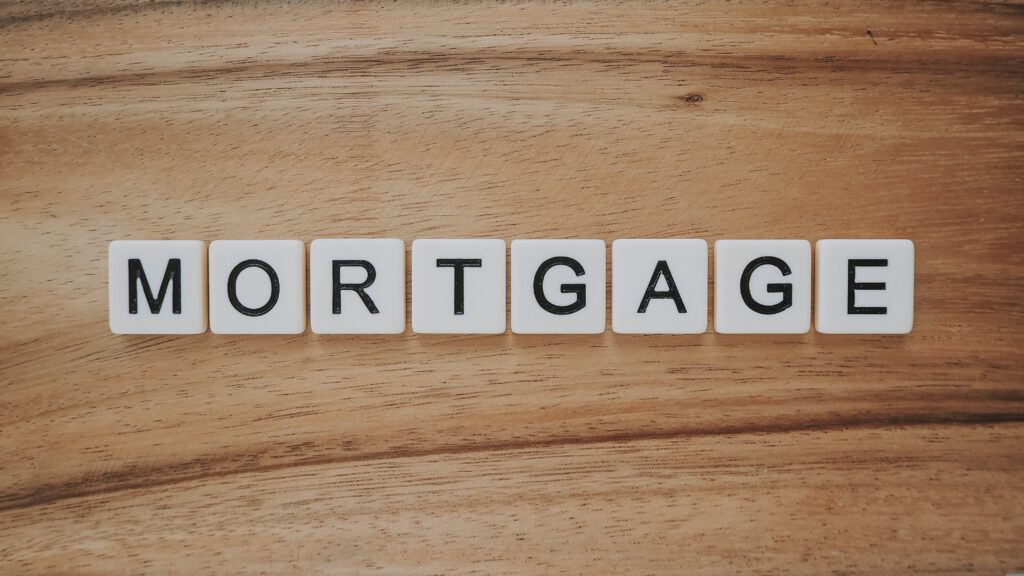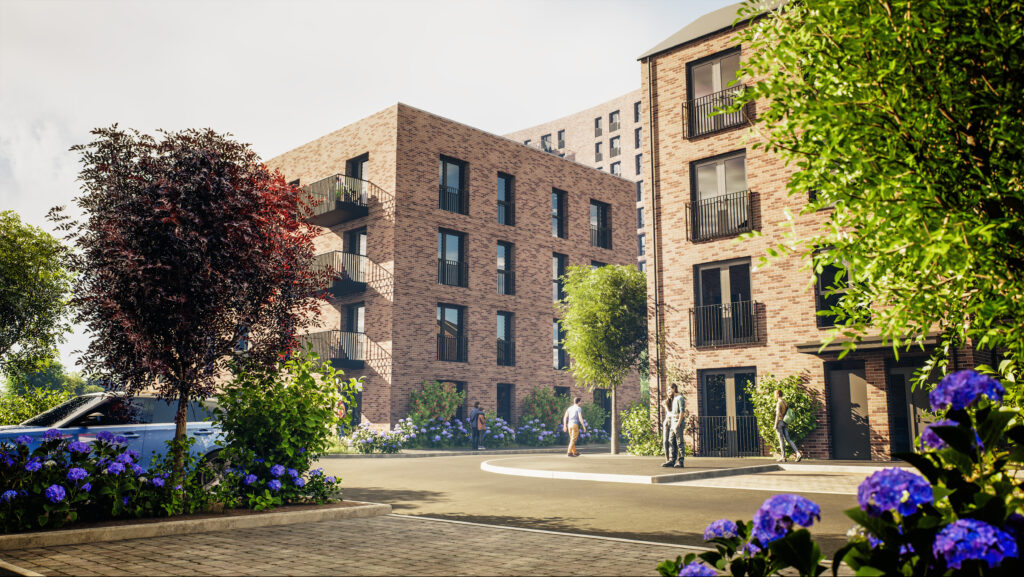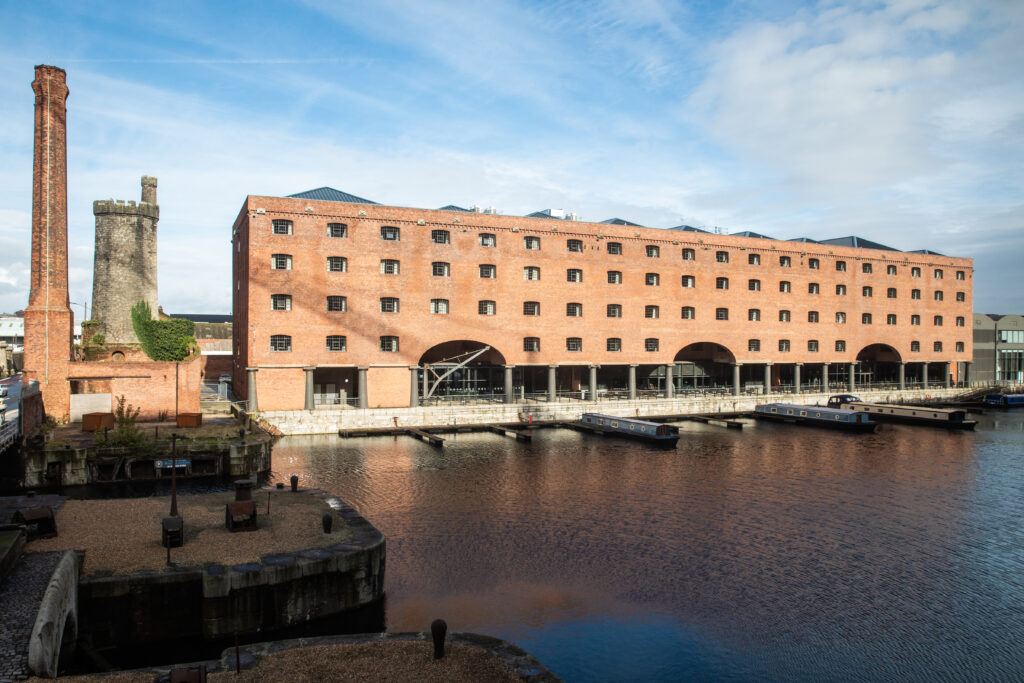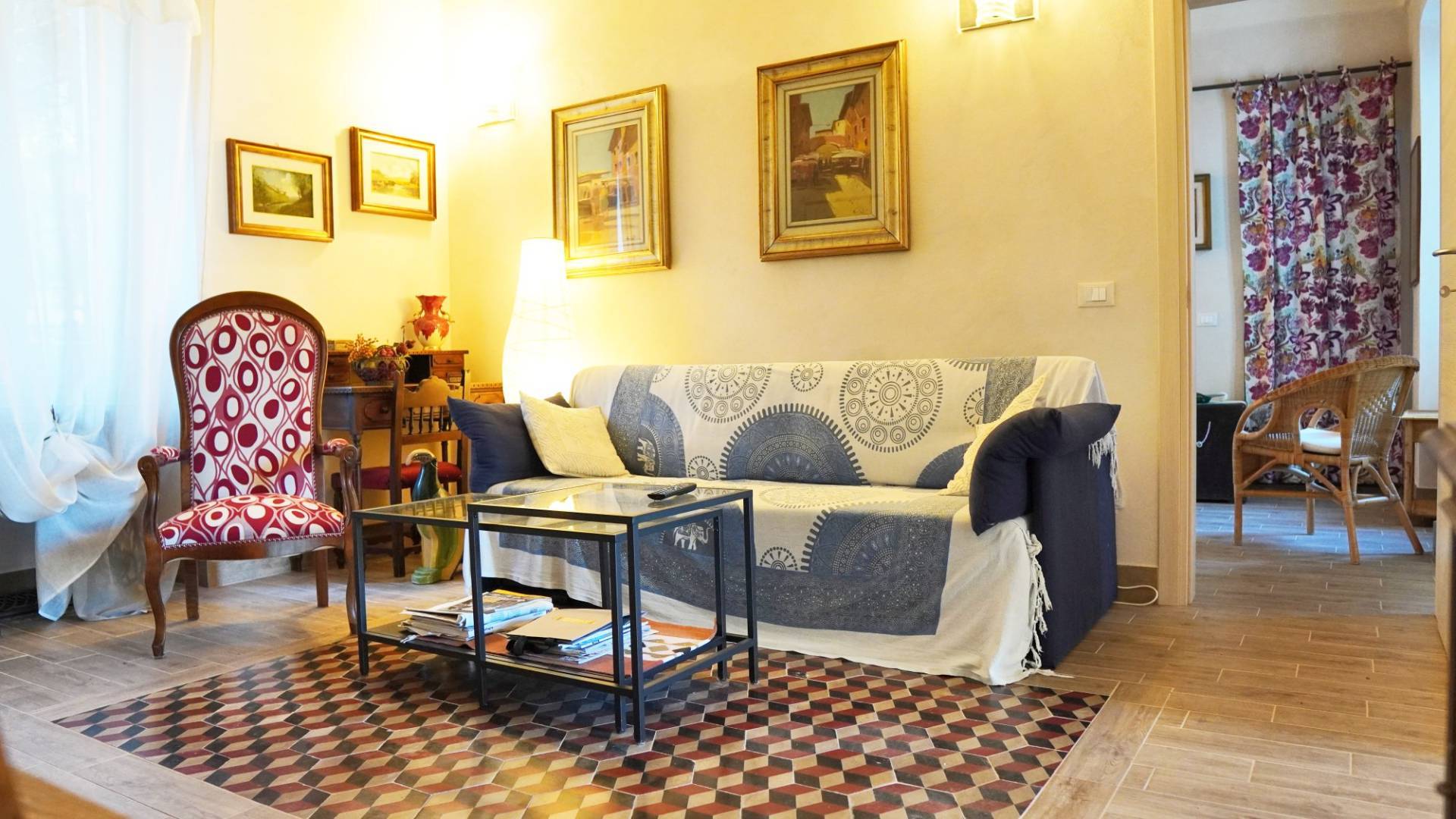A buy-to-let mortgage guide for UK property investors
Are you contemplating renting out a property and wondering if a buy-to-let mortgage is the right choice to make the acquisition of your new property? Look no further! This comprehensive guide covers everything investors need to know about buy-to-let mortgages, from understanding what they are to how they function. Whether you’re a novice in property investment or a seasoned pro, diving into this guide is definitely worthwhile.

The success of your investment also depends on your mortgage structure!
What is a buy-to-let mortgage?
A buy-to-let mortgage is a specialized type of loan designed for individuals who want to invest in property with the intention of renting it out. Unlike a regular residential mortgage used to buy a home for personal use, a buy-to-let mortgage is specifically tailored for investment purposes.
Here are the key points to know about buy-to-let mortgages:
Investment Purpose: Buy-to-let mortgages are used when purchasing property as an investment. Landlords buy properties with the goal of generating rental income from tenants.
Not for Personal Residence: You cannot use a standard residential mortgage to finance a buy-to-let property. Lenders recognize the difference in purpose and structure these mortgages accordingly.
Eligibility for Different Landlords
First-Time Landlords: Even if you’re new to property investment, there are buy-to-let mortgage deals available for first-time landlords.
Accidental Landlords: If you’ve become a landlord unexpectedly (e.g., inheriting a property), you can still explore buy-to-let options.
Experienced Investors: Seasoned investors with large property portfolios can also access buy-to-let financing.
Navigating Complex Rules: While buy-to-let mortgages offer opportunities, the rules can be intricate. It’s essential to understand the terms, eligibility criteria, and obligations.
Affordability Calculation: Lenders assess your affordability based on rental income potential, property value, and your financial situation. They consider factors such as rental yield, interest rates, and expenses.
By now you should already have many questions. Let us try to provide you with the best answers to them.


Buy-to-let property in Belgrave village, Birmingham
Are buy-to-let mortgages more expensive?
Buy-to-let mortgages, while seemingly more expensive than standard residential mortgages, operate on an interest-only basis. Let’s break down what this means:
Interest-Only Payments: With a buy-to-let mortgage, you’ll make monthly payments covering only the interest portion of the loan. Unlike a typical residential mortgage, where you pay both interest and principal, buy-to-let mortgages allow you to focus solely on interest costs. There are also other types of buy-to-let mortgages, such as fixed-rate, variable-rate, tracker, discount, or capped interest rate. These options provide different repayment structures and terms.
If you opt for a repayment mortgage, you will pay both the interest and a portion of the borrowed sum each month. By the end of the mortgage term, you will have paid off the property entirely. At that point, you will own the property outright and can decide whether to retain or sell it.
Loan Amount Flexibility: By paying only the interest, you free up the loan amount itself. This flexibility allows investors to explore other investment opportunities. For example:
- You might use the released funds to invest in additional properties.
- Alternatively, you could allocate the capital to other ventures, taking advantage of market trends.
Uptrend Market Advantage: In a rising property market, the interest-only approach can be advantageous. As property values increase, your equity grows without requiring additional principal payments.
Are interest-only mortgages cheaper than repayment mortgages?
Interest-only mortgages typically have lower monthly payments compared to repayment mortgages.
For instance, consider a 100,000 GBP interest-only mortgage over 25 years at a 5.25% interest rate. The monthly payments would amount to 437.50 GBP. In contrast, for a 100,000 GBP repayment mortgage over the same period and interest rate, the monthly payments would be higher at 599.25 GBP.
What are the interest rates and fees for buy-to-let mortgages?
As of the current market conditions, buy-to-let mortgage interest rates typically range from 5% to 7%. The most competitive rates are often offered for lower loan-to-value (LTV) ratios.
When evaluating mortgage options, it is essential to factor in both the interest rate and any associated fees. Sometimes, despite a higher interest rate, a mortgage with lower fees can result in lower overall costs over the mortgage term. Therefore, it is crucial to compare deals carefully to determine the most cost-effective option for your situation.

Increase your revenue from the rent with a smart mortgage solution
Who qualifies for a buy-to-let mortgage?
A buy-to-let mortgage is available to a wide range of individuals, provided they meet the lender’s criteria. Here are some common conditions that may make you eligible:
Interest in Property Investment: You should be interested in property investment and understand the associated responsibilities.
Minimum Income Requirement: Many lenders require an annual income of at least £25,000.
Existing Home Ownership: Whether you own your home outright or have an existing mortgage, this can positively impact your eligibility.
Healthy Credit Score: Having a good credit score is essential.
Manageable Debt Levels: Lenders consider your existing debt when assessing eligibility.
Age Requirements: Some lenders may have specific age criteria.
How much can you borrow with a buy-to-let mortgage?
The borrowing amount for a buy-to-let mortgage depends on various factors, including the property’s rental income and the lender’s affordability assessments.
Lenders commonly use Interest Cover Ratios (ICRs) to estimate the potential profit for landlords. The ICR represents the ratio between the property’s rental income and the landlord’s mortgage payments, based on a representative interest rate.
Most lenders require the rental income to cover at least 125% of the mortgage payments. However, some lenders may set a higher coverage requirement, around 145%.
Ultimately, the maximum borrowing amount will be determined by your property’s rental income and the specific criteria set by the lender.
How much of a deposit do you need to put down for a buy-to-let mortgage?
The minimum deposit for a buy-to-let mortgage typically exceeds that of a standard residential mortgage. Generally, you’ll need to provide at least 25% of the property’s value as a deposit, although this requirement can vary between 20% and 40% depending on the lender. Here are some key points:
Minimum Deposit Range: Buy-to-let mortgages often demand higher deposits due to perceived higher risk. A deposit of 20-40% of the property’s value is often required, with 25% being the most common threshold. Some lenders may even require deposits as high as 40%, depending on the borrower’s financial profile.
Property Type Impact: If you’re purchasing a flat or a newly built property, you’ll likely need a larger deposit. For instance, few lenders accept less than a 25% deposit for a newly built flat.
Eligibility Criteria: While a small number of lenders consider applications with deposits lower than 20%, deposits below 10% are less common and require meeting all other eligibility criteria.
No 100% LTV Deals: Buy-to-let mortgages always require a deposit; there are no 100% Loan-to-Value (LTV) deals.
Besides the mortgage deposit, consider other costs such as legal fees, letting agent fees, renovation expenses, and maintenance costs.
Factors affecting your eligibility for a buy-to-let mortgage
Several factors can impact your ability to secure a buy-to-let mortgage, with two key considerations being your credit score and age.
Credit Score: A good credit score is typically essential for obtaining a buy-to-let mortgage. Lenders seek assurance that you are financially stable and not burdened by excessive debt from other sources (such as existing mortgages, personal loans, or credit cards). High levels of existing debt may limit your options with lenders.
Age Restrictions: While there is no legal maximum age for mortgage applicants, lenders often set their own age limits. These limits typically range from 65 to 80 years for taking out a new mortgage and 70 to 85 years for paying it off. However, some lenders have more lenient age requirements, while others have no age limit at all.


Buy-to-let apartments in a regeneration project in Liverpool
How to get a buy-to-let mortgage?
If you are considering a buy-to-let mortgage, here’s a step-by-step guide for you:
Choose a Property: Begin by selecting a property that fits within your budget and has the potential to attract renters and generate profit.
Research: Explore available buy-to-let mortgage options. You can also consult with our partnered mortgage advisors to find the most suitable deal based on your needs.
Obtain a Mortgage in Principle (MIP): Contact a lender to inquire about a Mortgage in Principle (MIP). This estimate will help you understand how much you can borrow, allowing you to narrow down your property search.
Make an Offer: Once you’ve identified a suitable property and had your offer accepted, proceed with a full mortgage application.
Seek Legal Advice: At Advantage Investment, we assist investors by connecting them with solicitors who handle the legal aspects of the purchase. This includes searches, surveys, and contracts.
Complete the Mortgage Application: Provide all necessary documentation and information to your lender to finalize the mortgage application process.
Arrange Property Transfer: Work closely with your solicitor to ensure a smooth property transfer, completing any required paperwork.
What do you need for a buy-to-let mortgage?
When applying for a buy-to-let mortgage, you’ll need to gather various documents to provide evidence of your financial situation. These documents typically include:
Proof of Identity: You’ll need official identification, such as a passport or driving license, to verify your identity.
Income Verification: To demonstrate your earnings, provide your last three payslips. Lenders want to assess your ability to manage mortgage payments.
Evidence of Monthly Expenses: Documentation showing your regular outgoings helps lenders understand your financial commitments.
Existing Mortgage Statement: If you currently have a mortgage on another property, include the relevant statement.
Utility Bill Statements: These confirm your residential address and are essential for the application process.
P60 Form: This is a crucial step for assessing your financial stability, as the P60 from provides details of your annual income and taxes paid.
Remember to keep these documents organized and readily available when applying for your buy-to-let mortgage!

Always keep in mind that profit and loss are separated from each other by the risk factor.
By now you should have a good understanding of the nature of a buy-to-let mortgage and the related processes. To summarize the advantages and disadvantages of buy-to-let mortgages:
Advantages of buy-to-let mortgages
1. Capital Gain: Historically, property values tend to appreciate over the long term, potentially providing capital gains for investors as property prices rise.
2. Generate Income: Rental income from tenants serves as an additional source of revenue. Regular rental payments contribute to your overall financial stability.
3. High Demand: The rental market remains strong due to factors such as a lack of affordable housing and stricter mortgage criteria for homebuyers. Renting continues to be an attractive option for many individuals.
4. Diversification: Investing in property diversifies your investment portfolio. By spreading risk across different assets, you can mitigate the impact of market fluctuations.
5. Increased Returns: With prevailing low interest rates, property investment often offers better returns than traditional savings accounts. It’s an opportunity to grow your wealth more effectively.
6. Flexibility: Recent tax changes have allowed for greater flexibility in ownership options, including limited company buy-to-lets. This flexibility can benefit investors in various ways.
Disadvantages of buy-to-let mortgages
1. Increased Stamp Duty: Purchasing additional properties incurs a 3% surcharge on stamp duty, affecting buy-to-let investors. This additional cost can impact your overall investment.
2. Rental Voids: Even with tenants, there may be periods when the property remains unoccupied. These rental voids can affect your rental income and cash flow.
3. Maintenance Costs: As a landlord, you are responsible for property maintenance, repairs, and upkeep. These ongoing expenses can impact your profitability.
4. Market Fluctuations: Property values can decrease due to market fluctuations, affecting potential capital gains. It’s essential to consider both short-term and long-term trends.
5. Interest Payments: Mortgage interest payments reduce your overall profitability. Managing interest costs is crucial for maximizing returns.
6. Regulatory Changes: Evolving regulations can impact landlords’ rights and obligations. Staying informed about legal requirements is essential for successful property management.
Remember that individual circumstances vary, so carefully evaluate all factors before committing to a buy-to-let mortgage. If you have any specific questions or need personalized advice, feel free to reach out to us. At Society International Real Estate we have the experts at hand to guide you through this process. Contact us for more information on info@society-network.com.



